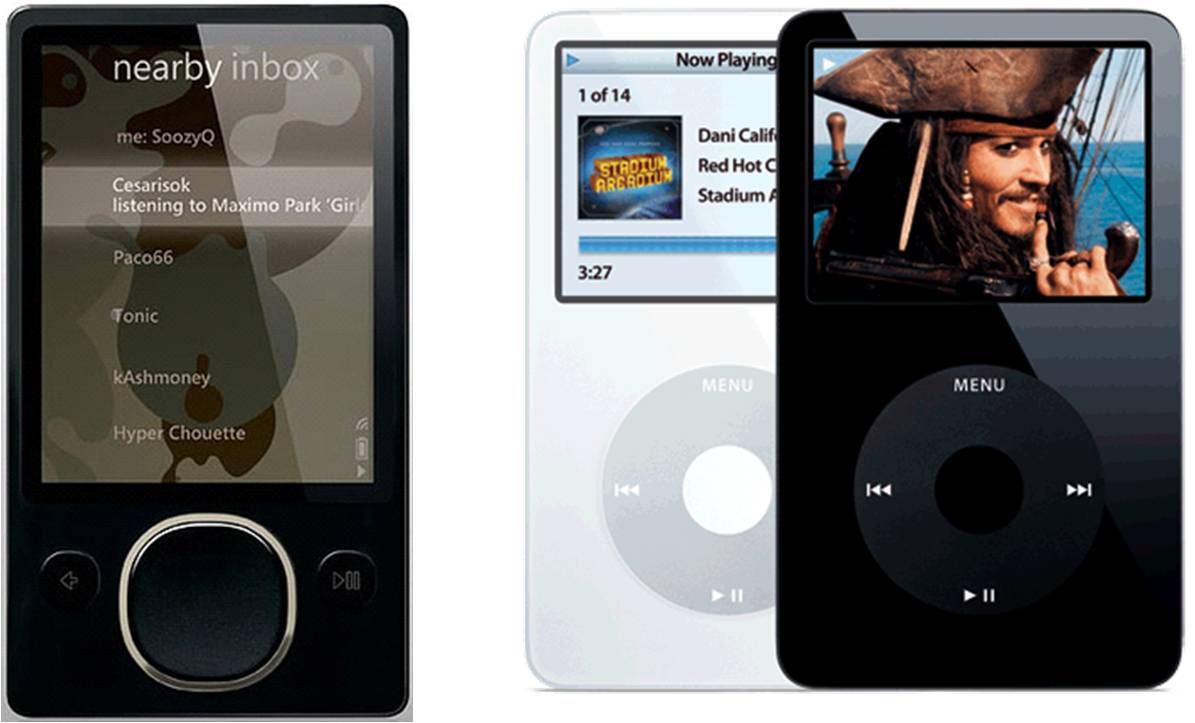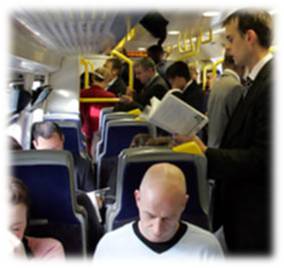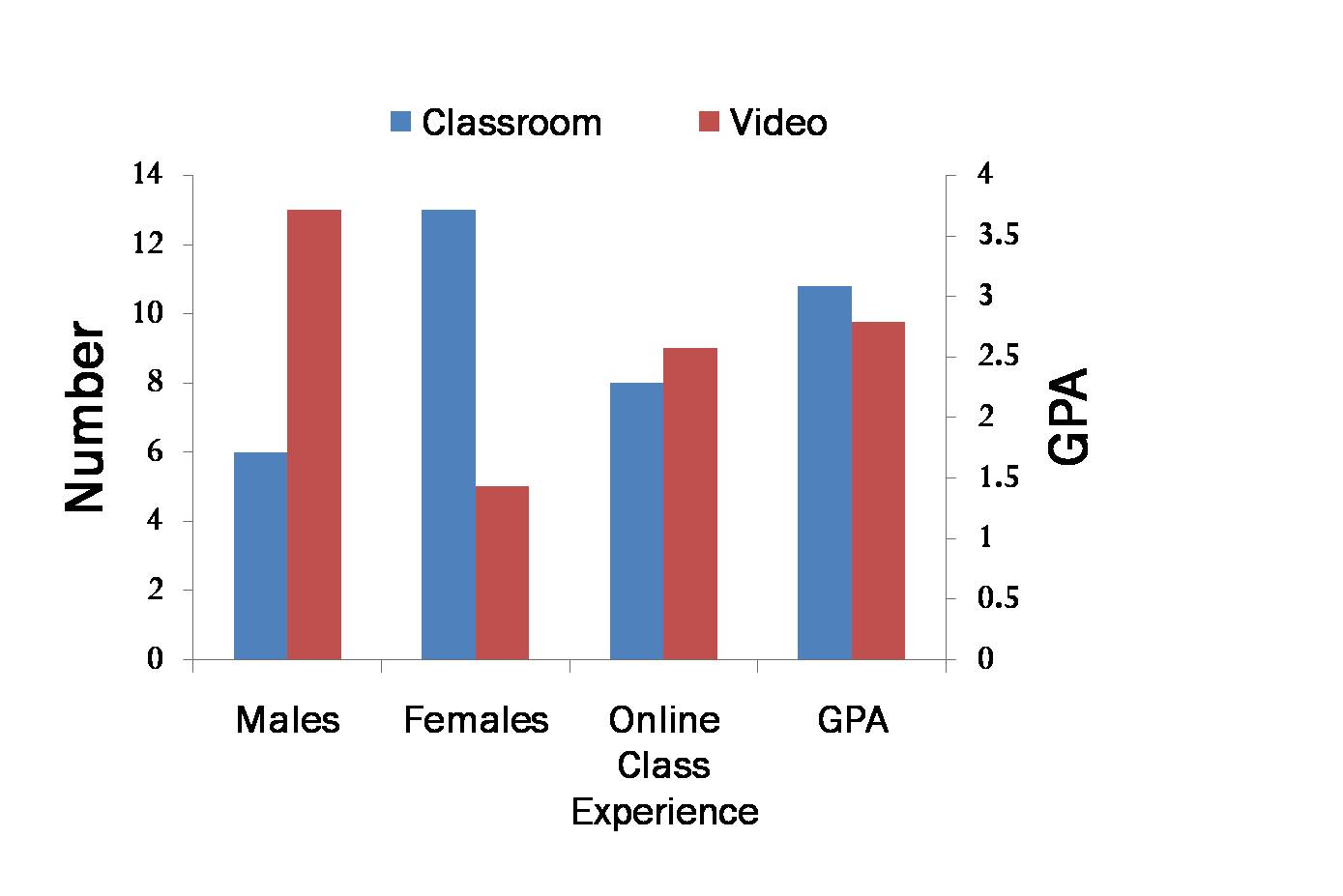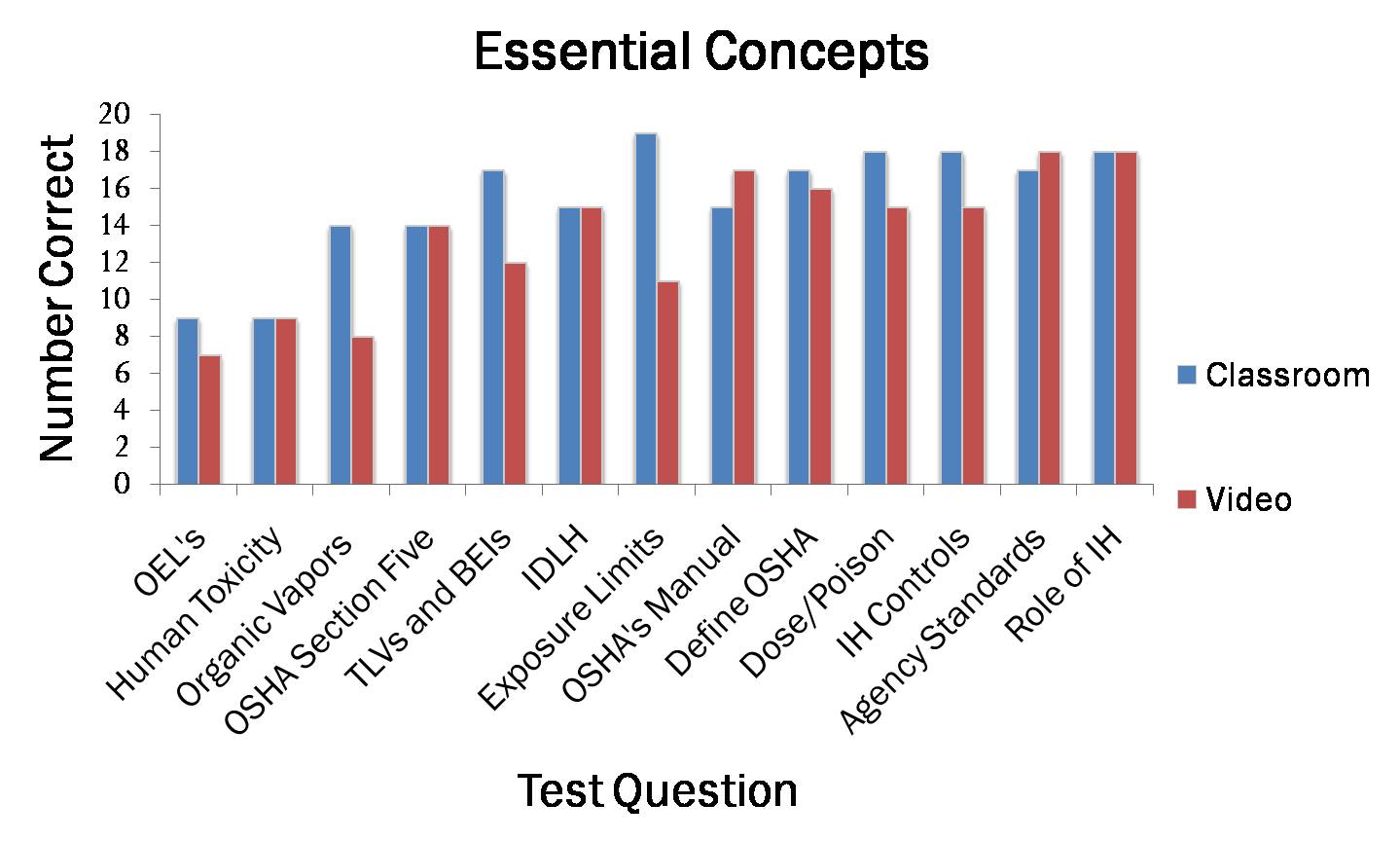
 |
|||
|


The authors ask you:
Technological advances in personal electronics have created novel and rapidly deployed learning opportunities in the health and safety field. Pocket sized audio-video (A/V) players are now available with sufficient memory to hold extensive and complete instructional content, and onboard WiFi allows for immediate updates, corrections, and search/access of such technical materials. The disseminated workforce, in particular, is increasingly utilizing these devices in an evolving form of mobile distance learning dubbed "M-Learning" (Prensky, 2005). This work describes the creation of 20 introductory basic health and safety video modules specifically for an M-Learning audience. A key question to be answered through the development and deployment of the content was whether M-Learning techniques were at least as educationally effective as the historical gold standard in education, the classroom course presentation. Limited trials of course content (9 of 20 modules) demonstrated that for a combined group of 37 students, learning was neither better nor worse than classroom attendees (p<0.05). Advantages of the new technology, as well as avenues open to pedagogical research concerning their future application, are highlighted.

M-Learning is the latest evolutionary step in the rapidly evolving, technology-driven venue of distance and e-learning. The term itself is barely four years old, describing an educational approach that is itself still in its infancy, or perhaps, even embryonic stage (Motiwalla, 2005). Simply stated, M-Learning as it is recognized presently melds wireless connectivity to miniature computing and small A/V devices, to further enhance individualized learning with anytime and anywhere access (Quinn, 2001). While there is no shortage of either commercial or government developed health and safety information for employees, deployment of such information is frequently done at the convenience and discretion of the employer or trainer more so than on the critical need or timing of the at-risk, in-need employee. With the advent of the robust, solid-state, and relatively inexpensive portable A/V player, a heretofore impractical opportunity exists for the utilization of just-in-time training, autonomous learning, and self-determined refresher training executed by the employee, for the employee. The efficacy of such learning in the field of occupational safety and health is reported in this poster.

Nine (9) of 20 modules were rigorously tested through comparison of test scores and key concepts between two groups of college students in an ABET-accredited BSIH program. The self-selected Lecture group (n=19) received course exclusively through classroom presentations, while a similarly self-determined Video group (n=18) was provided essentially identical content via downloaded .mp4 or .m4v formatted A/V modules. Topics covered were occupational safety and health history (3 sequential videos), legalities, toxicology (3 sequential videos), airborne hazards (2 sequential videos), exposure limits, calibration, and sampling methods (2 sequential videos). Retention was tested at the close of the course materials presentation, roughly 3 weeks into a 10-week college quarter.

Quantitative, objective tests demonstrated no significant difference (p<0.05) in mean test scores between the two groups (margin of error = +/- 4%). Further analysis of responses to the instructor's pre-selected subset of thirteen "essential concepts" test questions indicated the Lecture group performed higher on these topics by an almost 2:1 margin. Idiosyncrasies of the groups are illustrated in terms of gender in the selection of the Lecture group, and the confounding variables of grade point average, cumulative credit hours, and previous online experience are explored.

M-Learning, as designed and presented in this course, can provide an effective alternative to not only traditional classroom lectures in occupational health and safety topics, but also to the more typical one to three day seminar training so frequently employed in industry. Extremely careful content selection and emphasis must be practised to ensure that the most critical and salient points on a given topic are not only presented, but also appreciated for their true importance.
Evolutionary developments in personal players, with their inevitable lower prices and integration into additional environments, portend much wider scale deployment and utilization of this practical, cost-effective safety training method. As such, benefits include not only the universal "anytime, anywhere" aspects of all M-Learning, but also critical safety updates, how-to training on the job site as well as very timely refresher training. Implications include the rapid development of additional .mp4 content for established high-hazard applications, or for "appropriate fit" sectors (i.e., those occupations subject to frequent or extensive travel, possessing a personal computer on a routine basis, using highly complex and life-critical equipment, etc.). Such content can offer novel research dissemination or just-in-time training opportunities for employees lacking access to the usual corporate-based trainer or consultant, time to attend a traditional in-service seminar or college course (e.g., deployed military, overseas or rural locations), or those having significant commuter or job-related travel time.
Prensky, M. 2005. Whatcan you learn from a cell phone? Almost anything!. Innovate 1 (5). Motiwalla, L. F. 2005. Mobile learning: A framework and evaluation. Computers and Education 49:581-596.
Quinn, C. 2001. Get ready for m-learning. Training and Development, 20(2), 20-21.
The findings and conclusions in this poster are those of the author(s) and do not necessarily represent the views of the National Institute for Occupational Safety and Health. Citations to Web sites external to NIOSH do not constitute NIOSH endorsement of the sponsoring organizations or their programs or products. Furthermore, NIOSH is not responsible for the content of these Web sites.
View Comments on this Poster